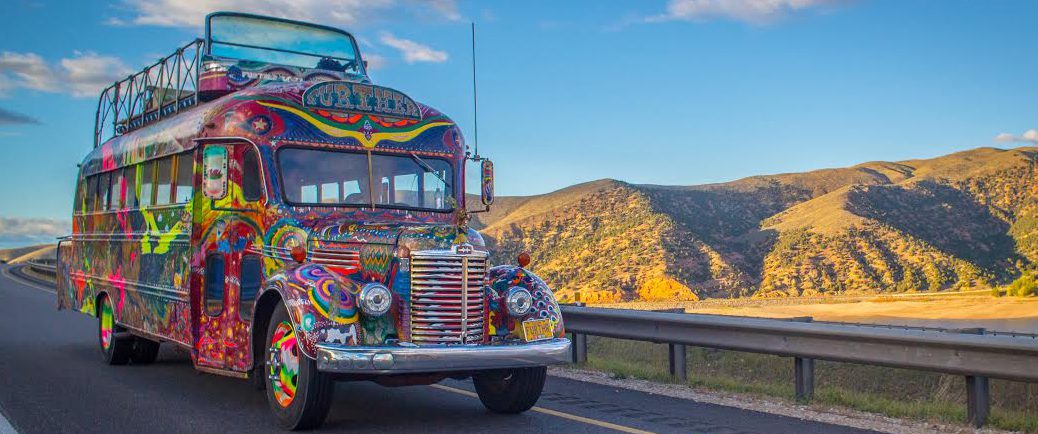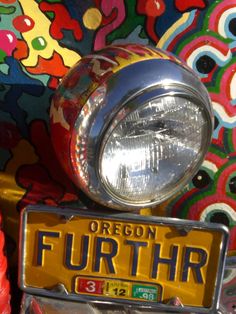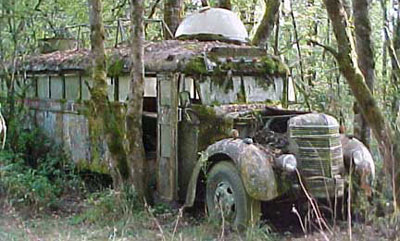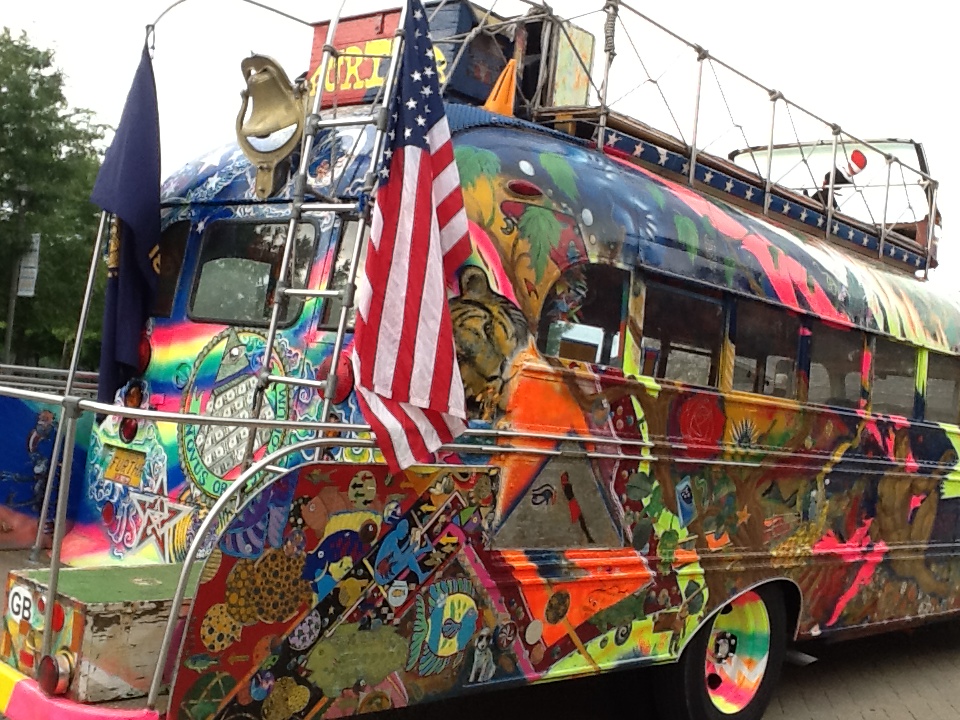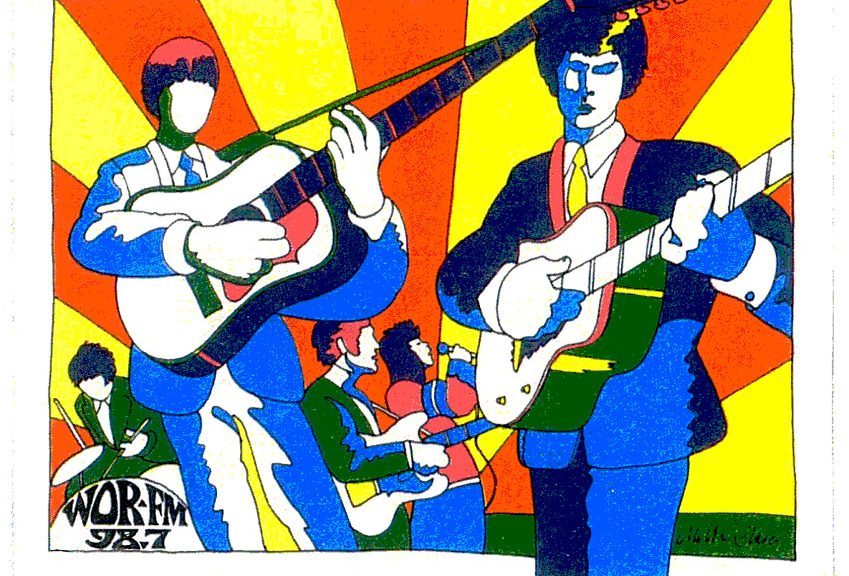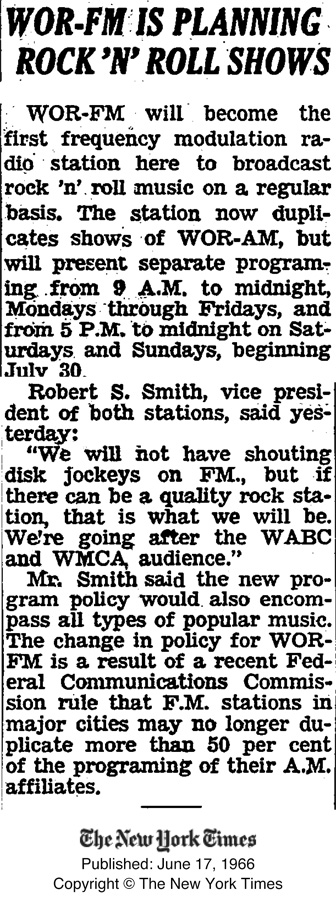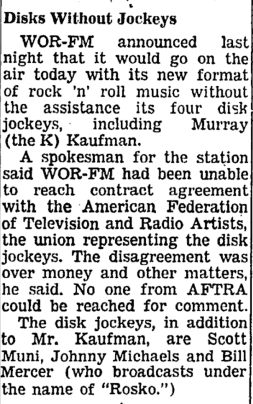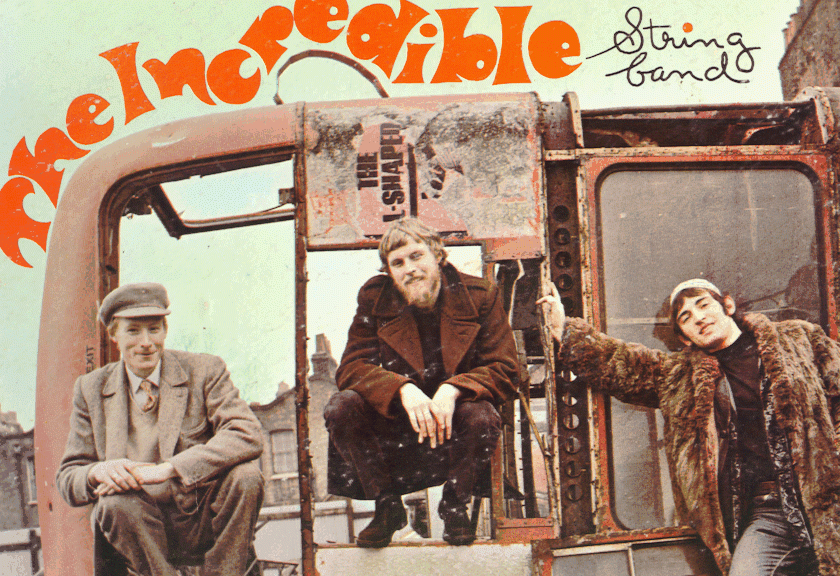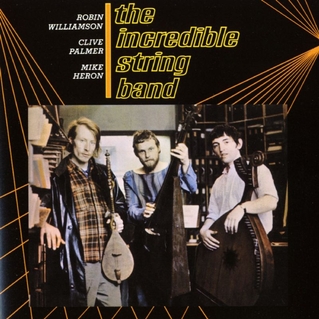Furthur Departs Arrives
June 17, 1964
sound from the trailer for “Magic Trip”
When did the 60s begin?
When did the 60s–“those” 60s–begin? Not with Elvis Presley’s return from the Army and becoming a movie actor. Not with JFK’s Camelot: neither its captivating start nor tragic end. Not even with the Beatles USA arrival.
When the words”the 60s” are said, people typically think of psychedelics, the Grateful Dead, Jimi Hendrix, Woodstock, Vietnam protests, assassinations, political turmoil, and general cultural revolution.
Furthur Departs Arrives
Ken Kesey
Ken Kesey was a writer who participated in the US Government’s top secret 1950s Project MKUltra. At a time when the fear atomic warfare between us and the Union of Soviet Socialist Republics dominated our daily consciousness, any way of stopping such an apocalyptic war seemed reasonable.
The idea was that human drug testing might help us get their spies to reveal secrets and to keep our spies from revealing secrets. Our sensible aim, our necessary aim was to learn how to strengthen, to weaken, or to demoralize.
Furthur Departs Arrives
LSD
LSD was among the various drugs given to him and Kesey found that it seemed quite enlightening, enjoyable, and even entertaining. Legal still, he and Ken Babbs helped form the Merry Pranksters who used LSD recreationally.
Furthur Departs Arrives
One Flew Over the Cuckoo’s Nest
Kesey was also a successful writer having landed in 1962 on best seller lists with One Flew Over the Cuckoo’s Nest. His next novel, Sometimes a Great Notion (1964) required his presence in New York City. And 1964 meant the start of the New York World’s Fair. What better way to get to New York and its Fair than do a cross-country trip (literally and figuratively) with friends, i.e., the Merry Pranksters?
Furthur Departs Arrives
Furthur
They bought a 1939 International Harvester school bus, decorated it, named it Further (or Furthur), built an observation turret on top, and installed a sound and recording system. Neal Cassady was the bus driver and scenery docent.
Furthur Departs Arrives
Furthur Departs
They left their base in La Honda, California on June 17, 1964. They only traveled 40 miles their first day due to a mechanical (actual, not figurative) problem that temporarily stalled them.
The Pranksters’ trip was a living art project, performance art. They stopped regularly to visit friends or experience the world through LSD. On the east coast and New York, they visited fellow LSD aficionado Dr Timothy Leary in Millbrook, NY. The Pranksters’ west coast approach to LSD and the more academic east coast approach did not meld and the two camps left with no detente.
Furthur Departs Arrives
Tom Wolfe
The best-known account of the whole Prankster scene and Furthur’s journey is Tom Wolfe’s Electric Kool-Aid Acid Test. The Pranksters themselves did film their trip, but understandably the visual and sound were rarely coordinated. It was not until 2011 that the movie Magic Trip, with overdubbings, revealed the trip’s many interesting facet.
Furthur Departs Arrives
Acid Tests
The Acid Tests began back in California after the Pranksters’s return. The Warlocks–soon to be the Grateful Dead–were the house band. Thus began that amazing partnership between hallucinogenics and music.
The last official acid test was its graduation on October 31, 1966. Kesey went to jail for 6 months shortly after.
Furthur Departs Arrives
Woodstock
The last trip that the original Furthur made was to the Woodstock Music and Art Fair in 1969. The bus returned to Oregon and the colorful bus and melted into its damp shady resting place. [NYT obit for Kesey]
Furthur Departs Arrives
Resurrection of sorts
I had originally written here: For the 45th anniversary of Woodstock, the new generation of Pranksters, including Kesey’s son Zane, created a new Furthur and crossed the country. On August 15 the Pranksters visited Bethel Woods Center for the Arts.
One of the comments below by a Zane (the son?) suggested a correction and said:
The new bus was created by Ken in 1990
The Merry Pranksters had MANY trips in the new bus.
Zane drove the new bus to NY and around for the 50th anniversary of the 1964 bus trip. Going to Woodstock wasn’t even on our schedule, We went there because something else fell through.
Of course by Woodstock, the comment means Bethel, NY. It is odd to me that Woodstock/Bethel was not on the schedule, but…

